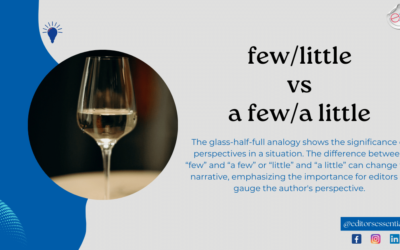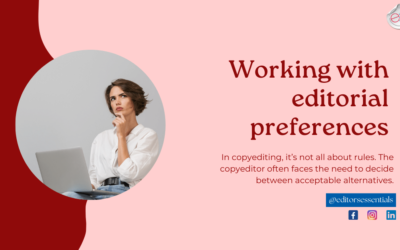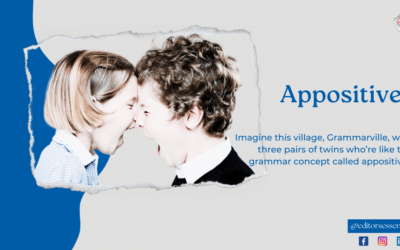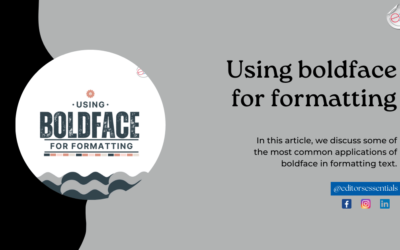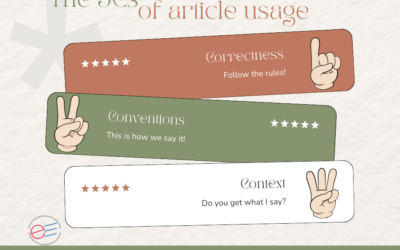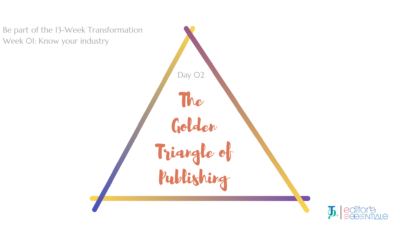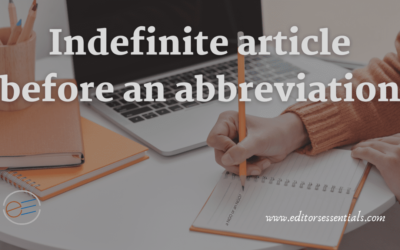Home / Blog
Blog
Why is the copyeditor offered less and less?
What’s your real worth as a copyeditor? From hourly pages to high-value edits, from mechanical fixes to manuscript strategy, your journey should show growth, not just years. I’ve sat on all sides of the table; here’s an honest take on how your “worth” is measured, and how you can actually increase it.
When do you use “little” and “a little” or “few” and “a few”?
The glass-half-full analogy shows the significance of perspectives in a situation. The difference between “few” and “a few” or “little” and “a little” can change a narrative, emphasizing the importance for editors to gauge the author’s perspective.
Grassroots Wisdom for the Copyeditor
Just as a bamboo shoot endures years of underground preparation before bursting into light, the copy editor needs to build a sturdy foundation of knowledge, honed by relentless practice and fueled by an insatiable love for language.
Punctuation differences between American and British English
What strikes you first when you hear the phrase “UK/US variants”? For most of us, it would be spelling variants. Have you ever come across UK/US variations with respect to punctuation? In our recent blog post, the author discusses some of the most common punctuation-level variations between UK and US English, drawing upon the CMoS and the APA style guide.
Working with editorial preferences (pet peeves)
Our latest blog post attempts to clarify some common confusions that a copyeditor may encounter while applying a few stylesheet requirements. We use the term “peeves” to refer to these requirements as a copyeditor may face editorial dilemmas in adhering to such requirements. Please read the blog post for further details and do let us know your thoughts.
Appositives, the twins of Grammarville
Imagine this village, Grammarville, with three pairs of twins who’re like the grammar concept called appositives: the Siamese twins – super attached, just like how necessary appositives are for a sentence’s meaning; non-identical twins – not-so-tied, giving extra details like non-restrictive appositives; and mischievous identical twins ¬– context, like knowing which twin’s who, decides their use. Identifying twins needs attention – so is the case for editors!
Using boldface for formatting
Three common types of formatting followed in the publishing industry are italics, boldface, and underlines. In a previous post, we discussed the role of italics in formatting text. In this post, let’s discuss some occurrences where boldface is used. Headings As you...
Understanding subject–verb agreement
The principle behind subject–verb agreement is simple. But ensuring subject–verb agreement is not as easy as it sounds. Errors in agreement can occur because the writer or editor is unaware of the specific rules of subject–verb agreement. Even for those who know the rule, mistakes can happen due to typos, oversight, or rushing through the editing process.
Mastering article usage in English
To approach this linguistic challenge with clarity and precision, we break down the learning process into three distinct categories: correctness, conventions, and context. These three dimensions provide unique insights into the rules that govern articles, the idiomatic expressions that shape their usage, and the dynamic contextual cues that guide their application. By understanding the different layers of article usage, one can systematically approach the learning of article usage.
Using Italics for Formatting
Italic type is a style of font where the letters are slanted to the right. It is commonly used in typesetting for various purposes. Here are some general conventions regarding the use of italics. Emphasis: Italics are often used to emphasize or highlight a particular...
Play this odd-one-out game in spelling variations
Odd-one-out exercises can be beneficial for learning for several reasons. They encourage critical thinking, improve observation skills, enhance memory retention and make learning fun. Here is one from our course on spelling variations.
Spot the difference, 01
Grab your magnifying glass, get ready to flex those spot-the-difference muscles and enjoy a laugh-out-loud journey through the quirky world of American and British English
Week 01, Day 02: The Golden Triangle of Publishing
As we saw in our previous post, the early days of publishing did not possess any niche. In fact, there was no need considering that what was primarily published was religious documents and decrees and royal proclamations. A publisher is just a publisher. We may easily...
Which indefinite article goes before an abbreviation?
Seemingly simple decisions such as which indefinite article will go before a word can quickly turn into a difficult choice. While editors and most authors have mastered this decision-making, sometimes even experienced editors may stumble into a problem when an abbreviation is encountered.
Week 01, Day 01: Publishing for the masses
What is the connection between a goldsmith and the history of publishing? As you keep thinking, let me tell you that tracing the history of publishing is not an easy task considering that the single act of publishing has branched out not just in terms of what is...
Crossword 09: US and UK English
Your favourite crossword section is back! Here is a crossword on UK and US variants of English. The level is basic. Enjoy solving this puzzle as we work on creating more.
Crossword 08: US and UK English
Your favourite crossword section is back! Here is a crossword on UK and US variants of English. The level is basic. Enjoy solving this puzzle as we work on creating more.
Thank you, we are fully booked!
Stay connected with Editor’s Essentials to know when our new courses go live.
A New Course Is Born
This New Year has made one of my dreams come true. It also offers you an opportunity to realize your own. Why wait?
Have you tried our sample copyediting lesson yet?
Last week our first ever copyediting course was launched, specifically aimed at those who aspire to become a language editor in India. I am excited more about the features we have built into the course: thoughtfully designed modules, plenty of practice papers,...
Think Write: A Workshop for Authors and Writers
What it takes to get a work published? The answer to this question has, sadly, never been straightforward. Editor’s Essentials organized Think Write 2019, an interactive one-day workshop providing authors, aspiring authors, and writers an opportunity to learn to distinguish themselves in a highly competitive market.
What’s wrong? Correcting a wrong modifier
Whether you are a writer or an editor, when you add phrases, always ensure that they modify the appropriate part of the sentence.
Did you know these are editing myths?
Rules might change, myths might vanish, and only the minds which are open to learning will survive.
What’s your story?
Editor’s Essentials invites you to share it with the editing fraternity. After all, a story is to be told, an idea is worth spreading, and editors are the ones who never shy away from seeking advice.
The tale continues…
Localization may be defined as the efforts to reach out to end-users and most importantly engage them. And there are various degrees of localization, from standardizing spelling to translation. Want to know more? Read on.
Welcoming our new team member
We are immensely happy to welcome Sanjana Keerthi to the Editor's Essentials family. Sanjana is a language enthusiast who joined the management team in a publishing company after having obtained her degrees in Psychology and Business Administration. How she got into...
Crossword 07 on sentences
This week’s Editor’s Essentials Sunday Crossword is all about sentences. Each clue is a “sentence” that stands as an example of a technique. Identify the technique and that’s the answer to the clue.
Crossword 06 Miscellaneous
This week’s Editor’s Essentials Sunday Crossword has moved from “beginner to intermediate to “intermediate to advanced”. Hope you will like the crossword.
Crossword 05 Miscellaneous
Indulge yourself in this simple crossword on miscellaneous aspects of editing
Crossword 04 on Verbs
Indulge yourself in this simple crossword on verbs

